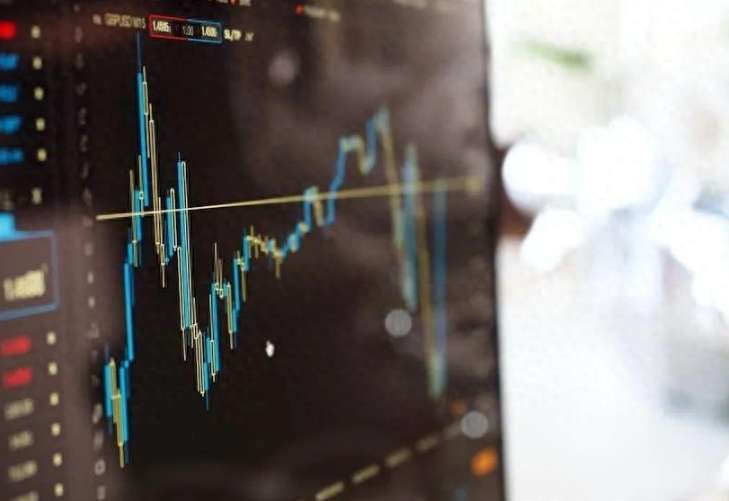What Factors Are Driving the Surge in Gold Prices?
Advertisements
In a significant monetary policy shift, the Federal Reserve has announced a reduction in interest rates by 50 basis points, marking the beginning of a new cycle of rate cutsThis decision comes on the heels of similar actions taken by central banks across Europe, the UK, and Canada, reflecting a broader trend among global monetary authorities responding to economic pressures.
The implications of lower interest rates are multifacetedOn one side, they reduce the opportunity cost of holding gold, which tends to attract investors looking for a safe havenSimultaneously, a declining dollar relative to other currencies, especially the Japanese yen, enhances gold's appeal as a dollar-denominated assetThis dual impact has generated a rush for gold in recent times.
Moreover, heightened geopolitical tensions have intensified risk aversion in the markets, further driving up the price of gold
The World Gold Council (WGC) reports that gold’s return has substantially outperformed both bonds and equities, with the London Bullion Market Association (LBMA) gold passive management ETFs yielding an impressive 34.09% in returns over the past yearIn contrast, the MSCI World Index ETF registered a return of 26.57%, while the Bloomberg Barclays Global Aggregate Bond Index managed just 10.11%.
Most notably, these economic fundamentals have led to a surge in gold demandBut the key question arises: who is buying gold? The demand for gold can broadly be categorized into four main sectors: jewelry-making, technological industries, investment, and national central banksNotably, since the latter half of 2022, there has been a significant accumulation of gold by central banks worldwide.
Data from the WGC reveals that in 2022, global central banks collectively added 1,082 tons of gold to their reserves, marking the highest annual increase ever recorded
- Commodity Futures: Trend Analysis & Trading Strategies
- Sectors Benefiting from Federal Reserve Rate Cuts
- The Fiery Clash of Travel Consumption and OTA Platforms
- What Factors Are Driving the Surge in Gold Prices?
- Fed's Decisions Cause U.S. Stocks to Tumble
The trend continued into 2023, with central banks acquiring an additional 1,037 tons, second only to the previous year's figuresThis substantial accumulation has been particularly pronounced among countries such as Turkey, which led in gold purchases during this period, and China, which has consistently been expanding its gold reserves.
A survey conducted by the WGC involving 70 central banks reported that 29% of them plan to increase their gold reserves in the next 12 monthsThis number represents the highest level since the WGC initiated such surveys in 2018, highlighting not only a strategic maneuver but also a response to managing risks associated with inflation and geopolitical tension.
During the first half of this year, Turkey remained at the forefront, possibly increasing its holdings by 44.75 tonsIn terms of total reserves, as of the second quarter of 2024, the US retains the largest gold reserves at 8,133.46 tons, constituting 72.41% of its total foreign reserves
Germany follows with 3,351.53 tons, representing 71.46% of its foreign reserves, while Italy, France, and Russia also maintain substantial gold reservesChina ranks sixth with approximately 2,264.32 tons, making up about 4.91% of its reserves.
Looking back to the beginning of 2020, a remarkable surge in gold prices commenced, driven mainly by investor demand as uncertainty clouded economic forecasts amidst the pandemicThe first and second quarters saw significant inflows into gold ETFs, necessitating physical gold purchases for hedging purposesThis demand from investors reached 554.5 tons and 592.7 tons respectively, far outweighing other demands for the metal.
In recent months, as gold prices have continued to reach new heights, the inflow of funds into gold ETFs has also increased markedlyIn August, data indicated that global gold ETFs had recorded net inflows for four consecutive months, with every region showing net inflow, and Western funds witnessing the highest levels

The rise in gold prices and the increase in net inflows have propelled the total assets under management for gold to a remarkable $257 billion, achieving a new record high.
The factors contributing to these recent net inflows into ETFs include reduced opportunity costs due to anticipated rate cuts, rising gold prices prompting the execution of call options in various ETFs, and a growing demand for risk mitigation against geopolitical risksThe cyclical fluctuations of central banks and investments have played a crucial role in elevating gold prices, while jewelry-making remains the largest and most stable category of gold demand.
Interestingly, despite elevated gold prices causing hesitation among Indian consumers traditionally fond of purchasing gold, a sharp cut in import prices at the end of July has rekindled interest in the metal, with local jewelers and consumers showing signs of renewed activity.
In summation, this newly initiated cycle of interest rate cuts could see the dollar's value decrease, potentially increasing the demand for gold as a safe haven asset
Leave A Reply